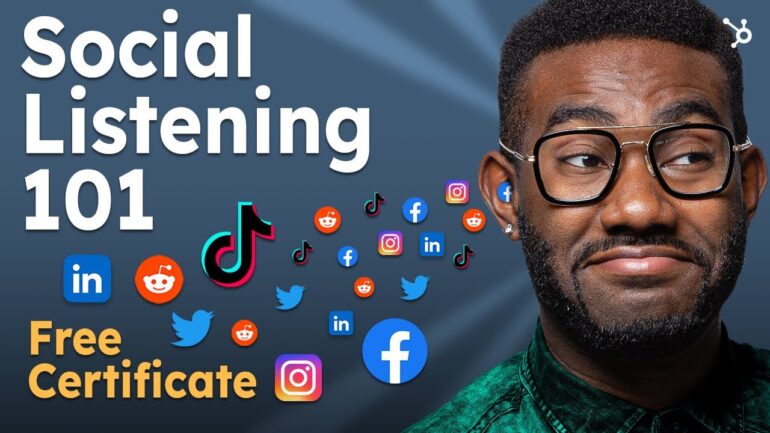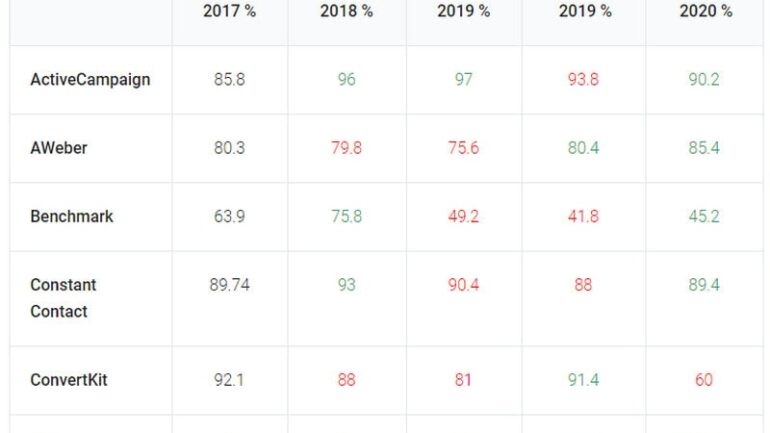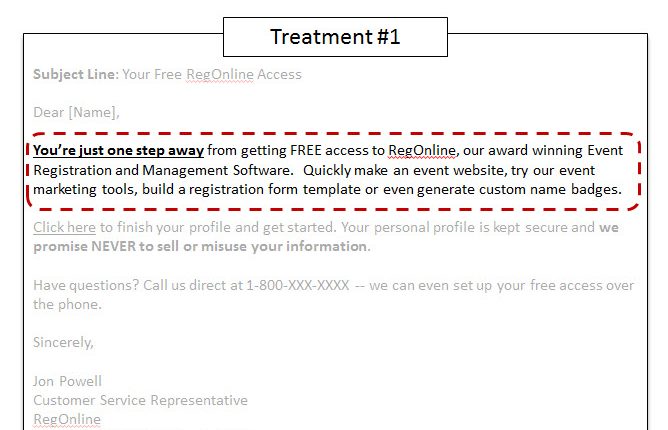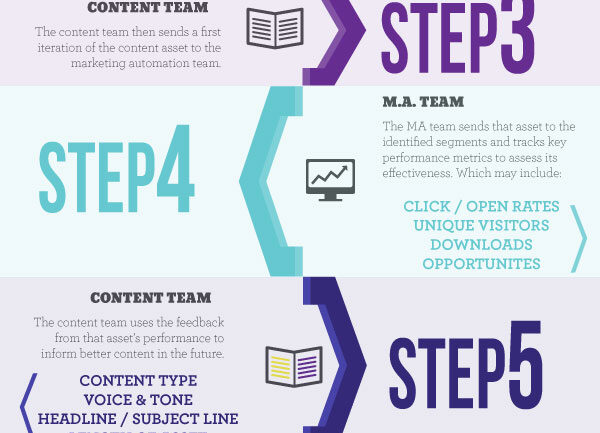Introduction
Are you struggling to connect with your target audience on social media? Do you want to improve your engagement rates and build stronger relationships with your followers? If so, then social listening is the key. In this blog post, we will dive into the basics of social listening and how it can help you understand your audience better. By implementing social listening strategies, you can gain valuable insights that will ultimately enhance your social media presence and drive better results for your brand.
1. What is Social Listening?
Social listening refers to the process of monitoring and analyzing conversations, mentions, and feedback happening on social media platforms, such as Facebook, Twitter, Instagram, or LinkedIn. It involves tracking brand mentions, relevant keywords, industry trends, and sentiment analysis to gain a comprehensive understanding of your audience.
2. Why is Social Listening Important?
Social listening is essential for businesses as it provides valuable insights into customer preferences, needs, and pain points. By actively listening to what your audience is saying, you can adapt your marketing strategies, create relevant content, and build stronger relationships with your customers.
2.1 Identifying Customer Sentiment
Through social listening, you can gauge the sentiment of conversations surrounding your brand and products. This helps you address any negative sentiment promptly and effectively, improving your brand reputation and customer satisfaction.
2.2 Tracking Competitor Activity
Social listening allows you to keep an eye on your competitors’ social media activities. By analyzing their conversations and engagement, you can identify gaps in the market, learn from their successes and failures, and adjust your strategies accordingly.
3. How to Get Started with Social Listening
Here are some steps to help you get started with social listening:
3.1 Define Your Goals
Identify what you want to achieve through social listening. Whether it’s improving customer satisfaction, enhancing your brand’s reputation, or identifying new market opportunities, having clear goals will guide your listening efforts.
3.2 Choose the Right Tools
There are numerous social listening tools available that can help streamline the process. Some popular options include Hootsuite, Sprout Social, and Brandwatch. Select a tool that aligns with your needs and budget.
3.3 Set Up Relevant Keywords and Topics
Determine the keywords and topics related to your industry, brand, or products that you want to monitor. This will ensure that you capture relevant conversations and mentions across social media platforms.
3.4 Monitor Conversations and Mentions

Regularly monitor social media platforms for conversations and mentions related to your keywords and topics. Pay attention to both direct mentions of your brand and broader industry discussions to gain a holistic view.
3.5 Analyze and Act on Insights
Once you have collected data through social listening, analyze it to uncover meaningful insights. Identify patterns, trends, and areas of improvement. Then, take appropriate actions to implement changes in your marketing strategies or customer engagement approaches.
4. Leveraging Social Listening for Better Engagement
Now that you understand how social listening works, here are some ways you can leverage it to improve customer engagement:
4.1 Respond to Customer Queries and Feedback
Actively engage with your audience by responding to their queries, concerns, and feedback. This shows that you value their opinions and are committed to providing excellent customer service.
4.2 Identify Influ”
Summary
Social listening is the practice of monitoring conversations and discussions happening on social media platforms, such as Facebook, Twitter, Instagram, and LinkedIn, to gain insights about your target audience. By analyzing these conversations, you can understand what your audience is talking about, what they care about, their pain points, and their interests. This information provides you with a deeper understanding of your audience’s preferences and helps you tailor your content and messaging to resonate with them.
In order to effectively listen to your audience on social media, you can use various tools and techniques. These include setting up keyword alerts, tracking brand mentions, monitoring industry-related hashtags, and analyzing sentiment analysis. Through these methods, you can identify trends, identify influencers, and uncover opportunities for engagement.
Social listening not only allows you to understand your audience better, but it also enables you to proactively respond to their needs, concerns, and feedback. By actively participating in conversations and addressing customer queries or complaints, you can build trust, nurture relationships, and improve customer satisfaction. Furthermore, social listening helps you stay ahead of your competitors by keeping you informed about industry trends and customer expectations.
In conclusion, social listening is a powerful tool that can greatly benefit your social media strategy. By understanding your audience’s needs, preferences, and sentiments, you can create more relevant and engaging content, leading to improved engagement rates and stronge check these guys out r brand loyalty. So, start incorporating social listening into your marketing efforts today and reap the rewards of better audience understanding!

Hello, I’m Aiden Hibbins, a passionate and experienced Content Strategist specializing in Social Media Marketing, Web Design and Development, and SEO Optimization. With a deep understanding of the digital landscape, I strive to help businesses and individuals create compelling and effective online content strategies.




